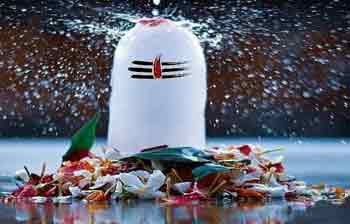INVC NEWS
New Delhi : Welcome to our comprehensive guide on Badrinath Dham, one of the holiest sites in Hinduism. Situated in Uttarakhand, India, on the banks of the Alaknanda River, Badrinath Dham holds immense religious and cultural significance for millions of devotees worldwide. In this article, we delve deep into the importance, beliefs, rituals, history, and architecture of Badrinath Temple, providing you with a holistic understanding of this sacred pilgrimage site.
2. Importance of Badrinath Dham
Badrinath Dham is revered as one of the Char Dhams, a group of four sacred pilgrimage sites in Hinduism. Pilgrims undertake arduous journeys to Badrinath to seek blessings and spiritual fulfillment. The temple’s location amidst the serene Himalayas adds to its allure, attracting devotees and tourists alike throughout the year.
3. Beliefs Associated with Badrinath Dham
3.1. The Significance of Visiting Badrinath
A prevalent belief among devotees is that visiting Badrinath Dham absolves one of the cycle of rebirth. According to this belief, a person who makes the pilgrimage to Badrinath is freed from the cycle of birth and death, attaining salvation or moksha.
3.2. Mythological Background of Badrinath Dham
Legend has it that Badrinath was originally a place where Lord Shiva resided. However, Lord Vishnu, in his incarnation as Lord Narayana, expressed a desire to make it his abode. Lord Shiva agreed on the condition that Lord Vishnu must first expel Nara and Narayana, two sages deeply engaged in penance there. Thus, Lord Vishnu took the form of Badrinath and established his presence, leading to the transformation of the site into Badrinath Dham.
3.3. The Legend of Nar and Narayan
Nar and Narayan, the twin incarnations of Lord Vishnu, are believed to have performed intense penance at Badrinath. It is said that after completing their penance, they reincarnated as Arjuna and Lord Krishna, respectively, in their next births.
4. Rituals and Traditions at Badrinath
The rituals and traditions observed at Badrinath Dham are deeply rooted in Hindu mythology and tradition. The temple priests, who are descendants of Adi Shankaracharya, meticulously perform daily rituals and ceremonies to honor Lord Vishnu.
5. The Priesthood and Administration
The administration of Badrinath Temple is managed by a hereditary priesthood known as Rawals. The Rawals are required to maintain celibacy and adhere to strict codes of conduct throughout their tenure.
6. Coordination with Kedarnath Temple
Badrinath Temple shares a unique relationship with Kedarnath Temple, another significant pilgrimage site in Uttarakhand. The opening and closing of the temple doors at Badrinath and Kedarnath are coordinated, with rituals conducted under the guidance of respective authorities.
7. Historical Background of Badrinath Temple
The history of Badrinath Temple dates back centuries, with mentions in various ancient texts and scriptures. The present structure of the temple was constructed in the sixteenth century by the king of Garhwal, reflecting exquisite architectural craftsmanship.
8. Construction and Architecture of Badrinath Temple
Badrinath Temple stands as a testament to ancient Indian architecture, featuring intricate carvings, towering spires, and a serene ambiance. The temple’s location amidst the breathtaking Himalayan landscape adds to its architectural grandeur.
9. Conclusion
In conclusion, Badrinath Dham stands as a beacon of spirituality, drawing pilgrims from far and wide to seek solace and divine blessings. With its rich history, deep-rooted beliefs, and architectural splendor, Badrinath Temple continues to inspire awe and reverence among devotees, perpetuating the timeless traditions of Hinduism. Whether you seek spiritual enlightenment or simply wish to immerse yourself in the serenity of the Himalayas, a visit to Badrinath Dham promises an unforgettable journey of faith and discovery.













